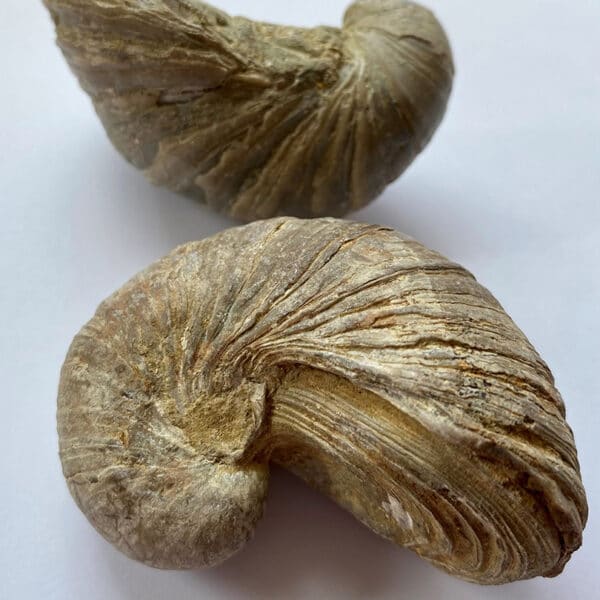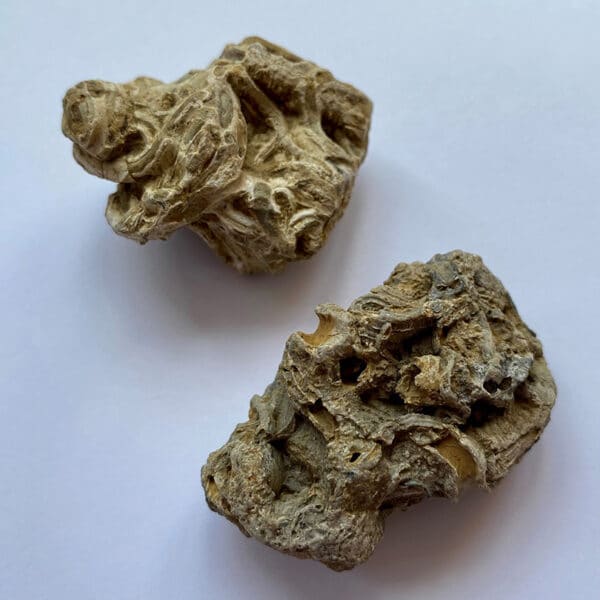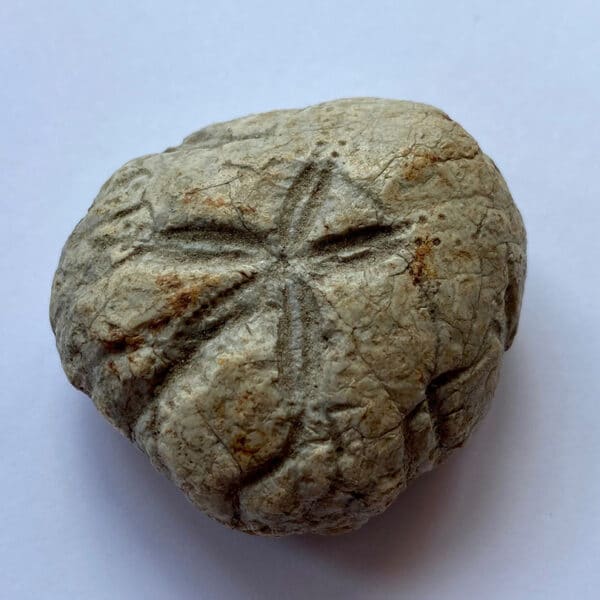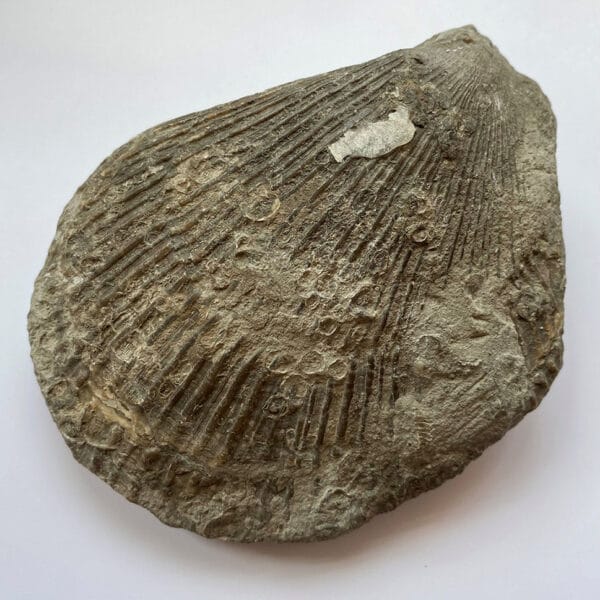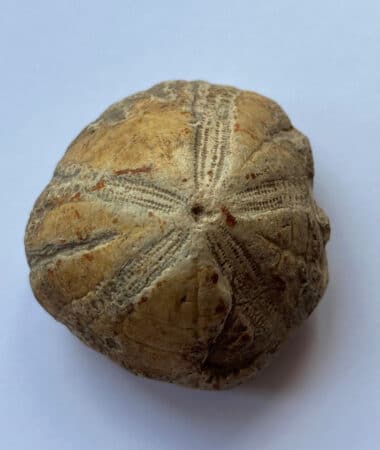
Let’s start at the beginning
The story of Harlow can be traced by its geology to the Cretaceous age, 135 million years ago. When the New Town was built, 2000 boreholes were drilled into the ground by geologists to determine whether the ground was safe to build on. Geologists use layers to determine a locations age and the ground on Harlow reaches down to a very thick layer of chalk, currently the oldest known rock under the town.
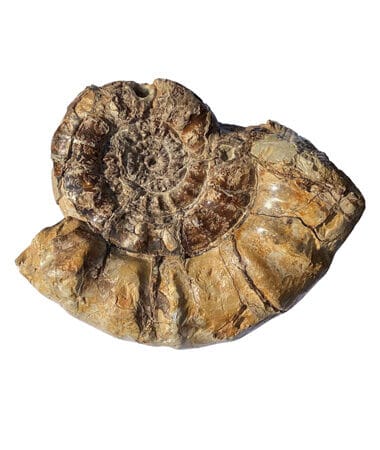
Prehistoric Harlow
The Cretaceous period ended about 65 million years ago, with the extinction of the dinosaurs. At the time Harlow was a warm, shallow sea that was home to shelled organisms, like the Ammonite, a squid like mollusc and shellfish-like creatures. The discovery of an Ichthyosaur (a large marine reptile) vertebra and another from a large crocodile in the Harlow area, suggests a longer history of the geology. These creatures lived in the Jurassic period, 145 – 200 million years ago, just before the Cretaceous.
Neolithic Harlow
In the early Neolithic (New Stone Age) period people began to abandon their nomadic lifestyle and settle in semi-permanent camps and rely on agriculture rather than hunting and gathering for survival. The Stort Valley, with its rich natural resources and stable water supply, would have been an attractive site for early settlers.

